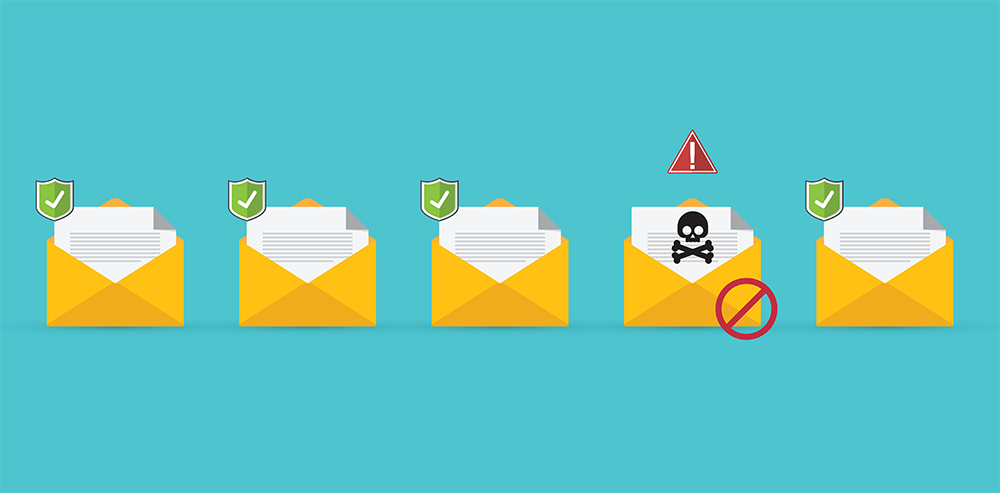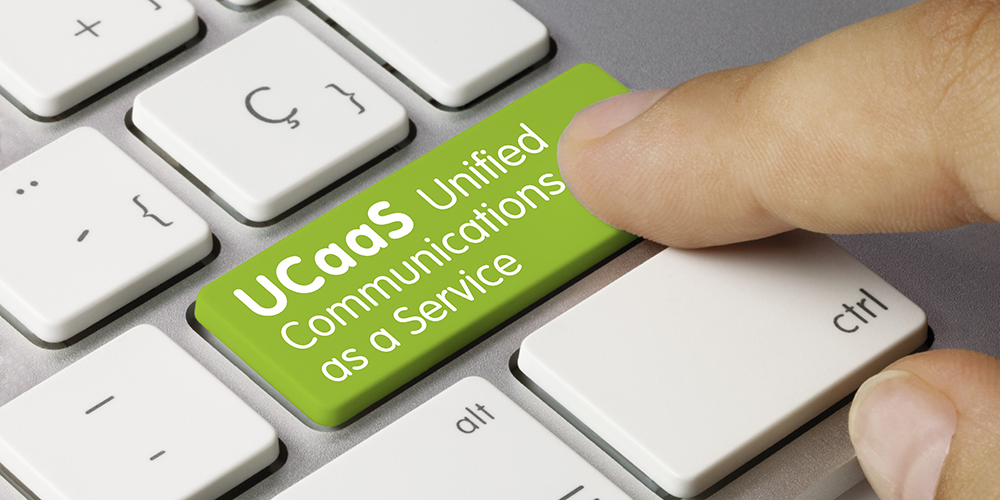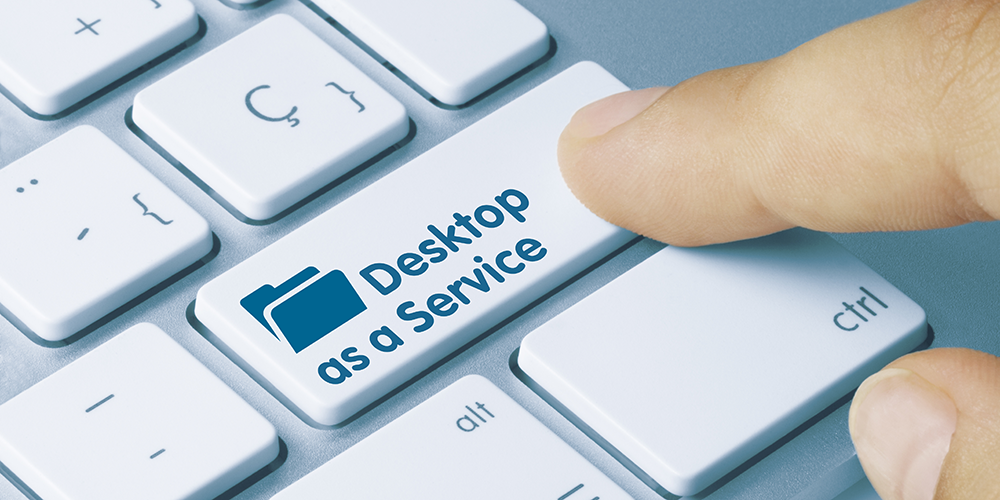
Nov 11, 2021 | SMB Technology, SMB Technology, SMB Technology, SMB Technology, Technology News
Unified Communications, or UC, is an Internet-based way to bring together your company’s communications–telephony, web conferencing, email and more. With its benefits, it requires a reliable and secure network to keep your employees connected and productive. Read on to learn about Unified Communications and what you need to do to prepare. The Benefits of Unified Communications Even before 2020, the use of Unified Communications was growing; since then, it has become even more popular. In a nutshell, Unified Communications is a way of integrating multiple modes of communication–including VoIP telephony, email, web conferencing and more–via the Internet. These new and integrated technologies save time and money by allowing businesses to seamlessly connect and collaborate with colleagues, cohorts and customers with ease. Unified Communications can also help a company gain a competitive advantage, connecting with customers regardless of location. Workers can work anytime, anywhere, with just an Internet connection, communicating and collaborating with each other and customers from work, home or on the road. Integration with CRM can help them obtain information about customers easily, and they’ll never miss a voicemail by routing to email. When UC is supported by software-defined wide area networking (SD-WAN), traffic can move easily because if one carrier goes down, another can pick up the slack without any downtime. Prepare Your Business and Network for UC with SD-WAN Adoption of Unified Communications provides multiple benefits, yet requires planning and consideration. First, you’ll need to examine how it will support your company’s business goals. Second, you’ll need to assess your network’s strength and security; do you have the internal bandwidth it takes...

Nov 4, 2021 | SMB Technology, SMB Technology, SMB Technology, SMB Technology, Technology News
With the amount of data being generated by businesses the world over, every single day, securing this data is vital. While Government, Industry and other regulations offer compliance to standards, information security reduces business risks related to cybercrime, ransomware and other interruptions resulting in data loss. Keeping your network safe and in compliance can help you avoid the consequences of data breaches. Read on to learn more about how to keep your network in compliance–and healthy, too. Maintaining Network Health Facilitates Compliance Your computer network is the backbone of your IT infrastructure, and needs to be maintained in order to stay healthy, and keep your business secure and compliant. Your network enables you to stay connected to customers, vendors and employees; keep your mission-critical applications running; and connect to public and private cloud infrastructure as well as back up data offsite. A healthy network is efficient, flexible and secure, routing data in the quickest way possible and rerouting easily. Security is another hallmark of a healthy network, one with no weak spots or holes allowing the intrusion of malware and viruses, where data is encrypted. Keeping the network strong is a good step toward compliance. Keeping Your Network Secure Keeping your network and its data and applications secure can be thought of as a two-prong effort. One involves technological tools and defenses. A company can protect its network with current operating systems patches to block malware or viruses from intruding, as well as maintaining current antivirus and anti-malware definitions. Going further, a company might consider network monitoring to keep small intrusions from becoming major problems....

Oct 18, 2021 | SMB Technology, SMB Technology, SMB Technology, SMB Technology, Technology News
Many threats to your network abound, and often ransomware, malware and viruses enter your network through social engineering, or “phishing” emails. Read on to learn the extent of the problem and how you can keep your business from being affected by these threats. Phishing a Growing Threat Social engineering attacks, including phishing, are among the greatest threats to individual users as well as small to medium-sized businesses. Even though giants like Google and Facebook get the headlines, small to medium-sized businesses are not immune. Anyone and everyone can be a phishing target, and these attacks often come through email, something people use every day. A malicious actor sends an email (perhaps appearing to be from someone the recipient knows), trying to get confidential information like passwords or trying to insert malware in the network. According to a CompTIA State of Cybersecurity report, it can cost $1.85 million to remediate a ransomware attack. Often these attacks come through spam emails and contain dangerous links that, when clicked on, can introduce malware to your system. Spam emails, in fact, account for most of the ransomware attacks. In spite of the prevalence of phishing, many users are not aware of the risk; as many as 13.6% of recipients click on the link. How to Prevent Phishing Emails from Becoming Attacks In spite of such daunting statistics, there is good news–more awareness about the dangers of phishing scams. Many companies are consistently and systematically training their employees, and those with more than eleven campaigns per year (on average, one a month), have a low click-through rate, only 13%. This...

Oct 12, 2021 | SMB Technology, SMB Technology, SMB Technology, SMB Technology, Technology News
Cybersecurity Awareness month is here, and is a great time to remember the importance of protecting our networks. Cybersecurity is a puzzle with many pieces; training your workers in awareness and best practices for cybersecurity is a key part of protecting your network, applications and data.. Read on to learn how to make your workers cybersmart in an age of increasing attacks. Awareness is the First Step Learning to be cybersmart involves common sense, being aware of threats and learning to protect against them. Ransomware, malware, phishing and more are part of the current threat landscape. Do your workers know how to identify a possible social engineering scheme, and how to report a phishing email? Are remote workers’ computers equipped with the latest anti-virus definitions, and the most current software versions? Do they know not to click on suspicious links? Passwords are another part of staying secure, passwords that are unique and easy to remember, and that are changed on a regular basis. Consistent training and reinforcement in these practices is the best way to make them part of your and your workers’ toolkit. Awareness and Tools Go Together Passwords, while still relevant, have been augmented with other tools for cybersecurity. Multi-factor authentication, which can involve more than one way of logging in, adds extra layers of security and ensures that only those authorized can access the system. Multi Factor authentication can be a one-time code delivered to email or via text, or it can be a biometric like a fingerprint. Multi-factor authentication has become more common over the years, and is a proven security...

Sep 16, 2021 | SMB Technology, SMB Technology, SMB Technology, SMB Technology, Technology News
Unified Communication as a Service (UCaaS) powers video and voice collaboration and communications on platforms like Microsoft Teams and Zoom, among others. These two popular platforms offer video conferencing, file sharing, and even telephony, which can help with collaboration and which require a strong network. Read on to learn more about what these solutions have to offer, and how you can prepare your company’s network. Platforms for a Hybrid Workforce Zoom and Microsoft Teams are both good platforms for a remote or hybrid workforce. They both allow workers and groups of workers to communicate and collaborate, with Teams allowing as many as 10,000 participants in one meeting. Each offers its own benefits, and both allow workers, customers and vendors to stay in touch all over the world. Whichever option is best for your organization depends on your company’s needs. Microsoft Team offers communication tools like videoconferencing, along with integration with MS 365. Zoom offers videoconferencing and chat, and can integrate with Microsoft Teams. In terms of security, Microsoft Teams offers end-to-end data encryption and multi-factor authentication as part of its package, and end-to-end encryption is also an option with Zoom. Both platforms can operate on a cloud-based UCaaS basis, integrating different modes of communication and making licensing simpler. Preparing Your Network for UCaaS Unified Communications as a Service can help your employees collaborate and get work done easily; however, it requires a strong network, with Internet connection points and sufficient bandwidth. A good first step is auditing your network, to determine its capability to handle traffic and stay connected to the cloud. Endpoints–devices like laptops...

Sep 7, 2021 | SMB Technology, SMB Technology, SMB Technology, SMB Technology, Technology News
More than ever, your employees are working outside the office; this trend is expected to continue. Therefore your company needs the flexibility, reliability and security of a virtual connection. Read on to learn about Desktop as a Service (DaaS) and how it can help you keep your business running smoothly. Make Desktop as a Service (DaaS) Work for You Desktop as a Service (DaaS), with its flexibility, reliability and security, is invaluable for businesses with remote workers. Workers can access systems, data and applications via the cloud, with just an Internet connection and a web browser. The service provider furnishes the infrastructure, network resources and storage in the cloud, and users’ computers are connected to the virtual desktop, and can access data and applications. Rapid deployment means that a new device can be connected to the virtual desktop, and later disconnected if needed; this will help businesses cope with fluctuating demand at different times of the day or year. If demand on one server is too great, all machines can be migrated to a different server. Remote IT support can be given by the service provider, preventing downtime and keeping your systems running. Desktop as a Service is Affordable and Secure Desktop as a Service can be affordable by managing consumption during peak business hours and the cloud subscription model allows companies to pay just for the resources they use. Service providers can help manage consumption by reducing available resources during off-peak hours. When it comes to security, IT service providers can quickly create a new desktop in case of a ransomware attack, so that data and...







